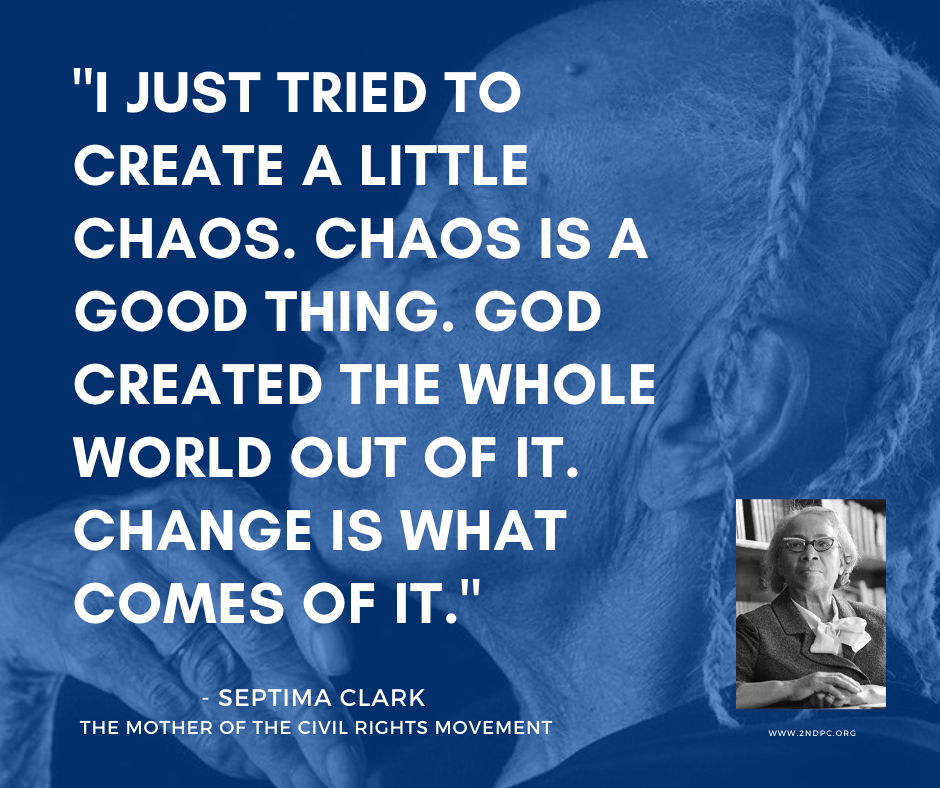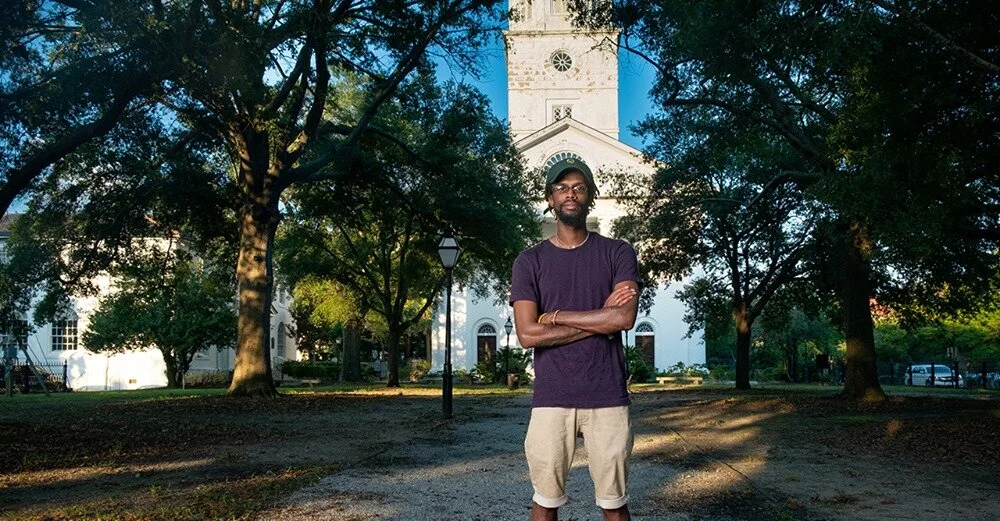Black History Month
An educator, activist, and community leader, Mamie Garvin Fields grew up in Charleston and spent many of her adult years here as a teacher. In 1916, she joined the City of Charleston Federation of Colored Women’s Clubs, a group that united clubs around Charleston together in cultural and charitable activities, and was a lifelong clubwoman, expanding her role when she retired. As an educator, her work went beyond the traditional classroom – she helped with adult education classes on John’s and James Islands in the 1920s and created the first Vacation Bible School for migrant workers during the Depression. After her retirement from teaching in the 1940s, she led the Marion Wilkinson Home for Girls for two years, working with girls who needed a home, and she helped to establish Charleston’s first public daycare center. Her life was one of service - to the Black people of Charleston, to the community as a whole, and to the next generation of Charlestonians.
Throughout February, we’ve been highlighting Black members of the Lowcountry community, discussing the lives they led, the work they did and the impact they made.












